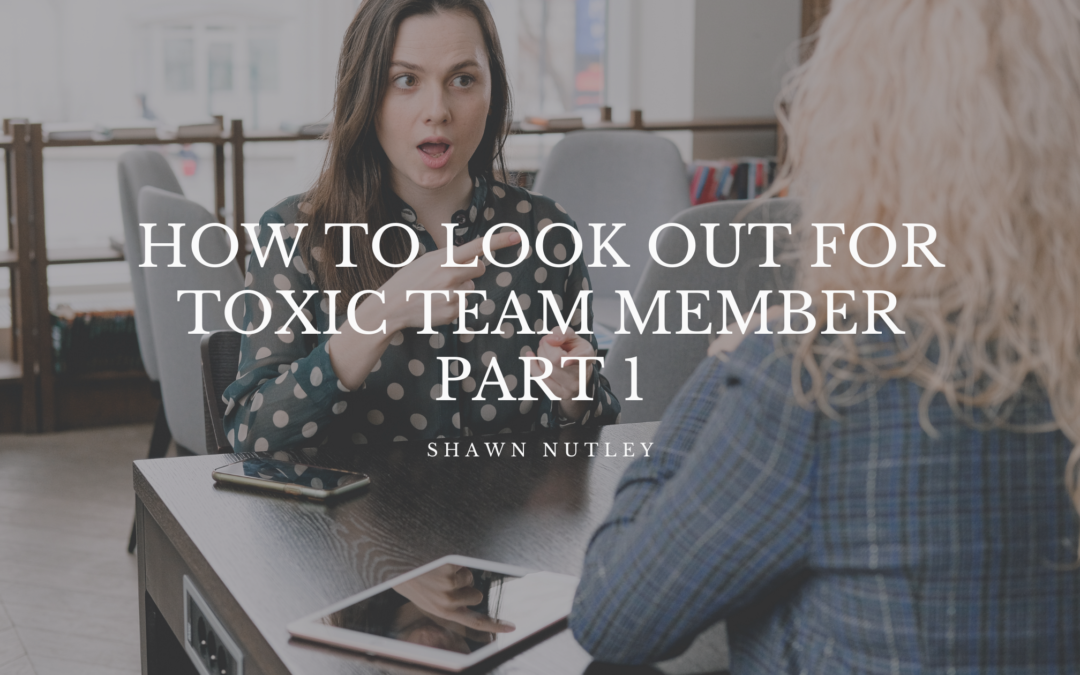Toxicity in the workplace is one of the most common reasons corporate culture initiatives and HR programs fail. The most common source of that toxicity? The presence of toxic employees.
Positive corporate culture isn’t about how many freebies are sitting around the office. It’s fundamental and mutual respect that creates a psychological safety net for all employees. How are toxic team members identified, and how should they be counteracted to keep the safety net intact?
Performance appraisals offer a fantastic evaluation tool for individual employees, but, to search for toxicity, it’s necessary to look beyond performance. Employee behaviors, morale, and relationships must be evaluated, too. After all, it’s the latter components that truly define corporate culture success or failure, and it’s the latter that’s greatly influenced by working alongside a toxic coworker.
Identifying And Handling The Toxic Employee
Look for symptoms of these types of toxic employees. Use the following tips to address the situation before it does irreparable damages to corporate culture.
The Gossipers & Politickers
Employees should have friendly banter and open communication, which is why separation and minimal contact office setups are the wrong moves. However, office gossip and playing politics is a no-go. It decreases productivity, causes a negative mindset, distracts from work, and creates insecurities and uncertainties.
The gossip inserts themselves everywhere to fish and relay information of all sizes and shapes, even when it’s completely irrelevant to their own work role and relationships. They often fail to respect privacy protocols and workplace etiquette.
Ensure employees have adequate opportunities for a social time during breaks and off-hours to encourage a work-centered mindset while they’re on the clock. If an employee is constantly stirring the rumor and politics pot, then it’s best to immediately and privately speak to them about being a workplace distraction.
The Procrastinators
Some employees are worth the wait for innovation and creativity. It takes them time for completing tasks, but it’s because they’re using procrastination to deliver the best results possible.
Toxic employees, however, put tasks off for their own indulgences, and the quality and timeliness of their work shows it. Perhaps, they’re using online time for client interactions as an opportunity to check their personal accounts. They spend more time talking about doing than actually doing.
Procrastinators put a higher burden on coworkers taking up their slack and repairing the damage of missed opportunities and poor work quality.
These employees need concrete deadlines and responsibilities for all tasks. Schedule checkpoints with supervisors for longer work tasks. Offer motivation in the form of praise verses consequences for performance
The Minimalists
The minimalist’s toxicity isn’t as obvious because they appear benign. This is that employee who sits idea-less and question-less during interactions with peers and superiors as they wait to just say yes to popular consensus. Without an ounce of initiative, they do exactly what’s expected of them on paper.
He/she doesn’t sound so bad until one considers how this disengaged, unenthusiastic, minimalistic employee’s work ethics and mindset may rub off on other employees and/or cause team resentment. Disengaged employees, regardless of intent, become toxic employees.
Speak with minimalist employees to determine if there is a reason they’re not taking a more active role in their job. Do they need more challenging tasks? Is work-life balance an issue? Could transitioning to remote work from home or flex hours help?

